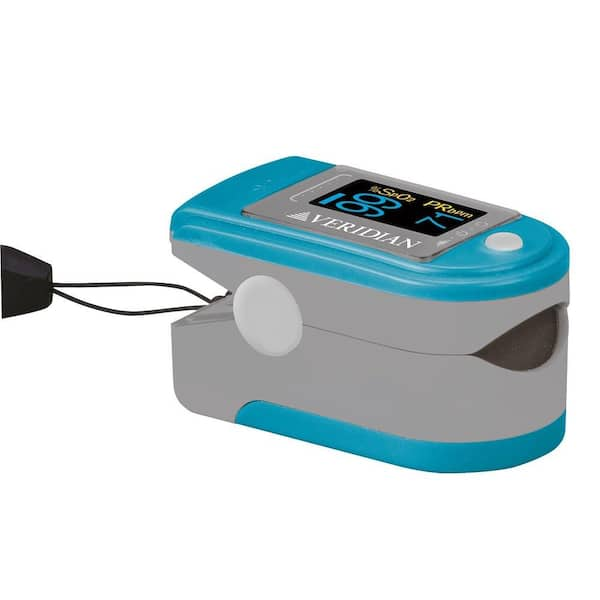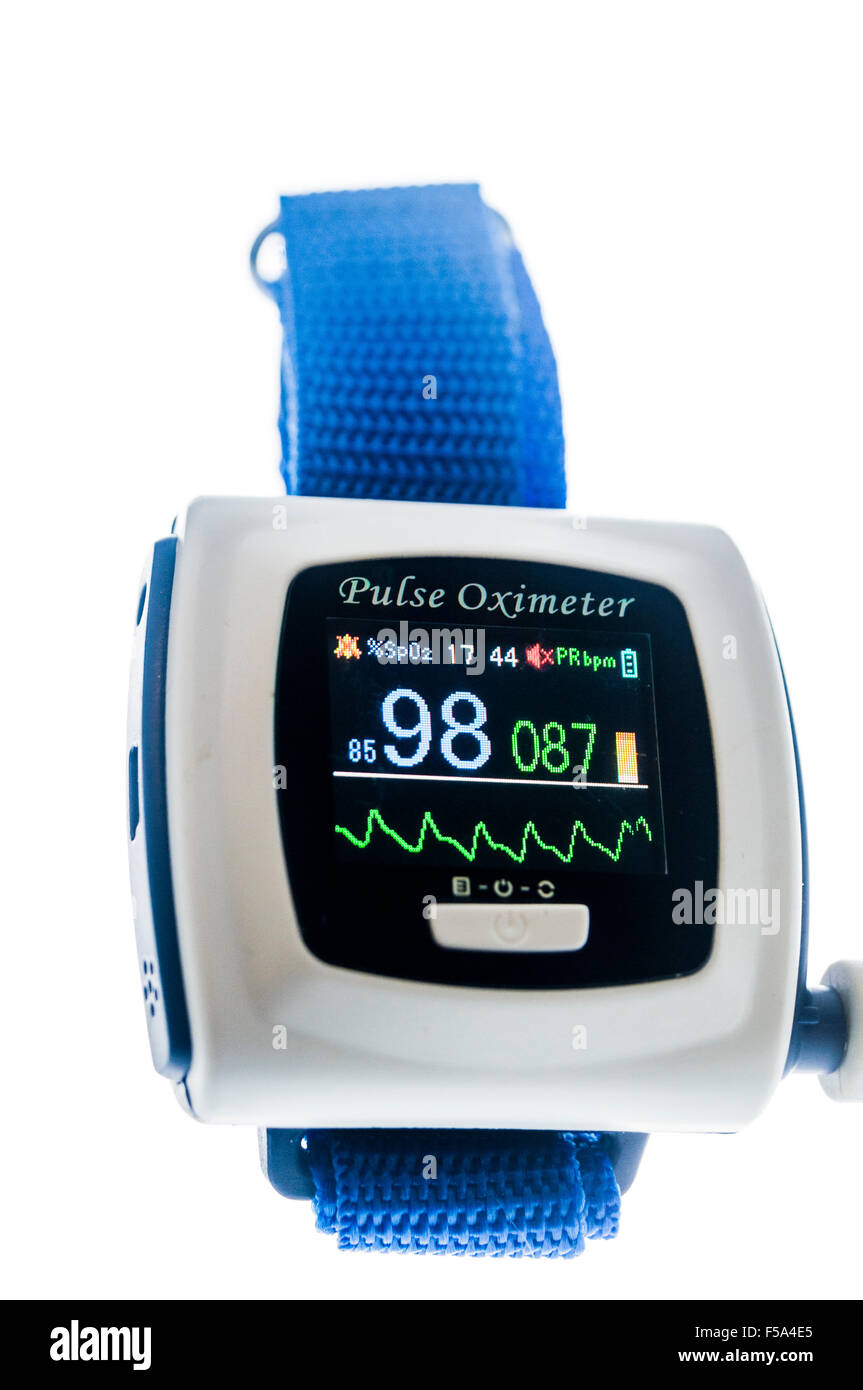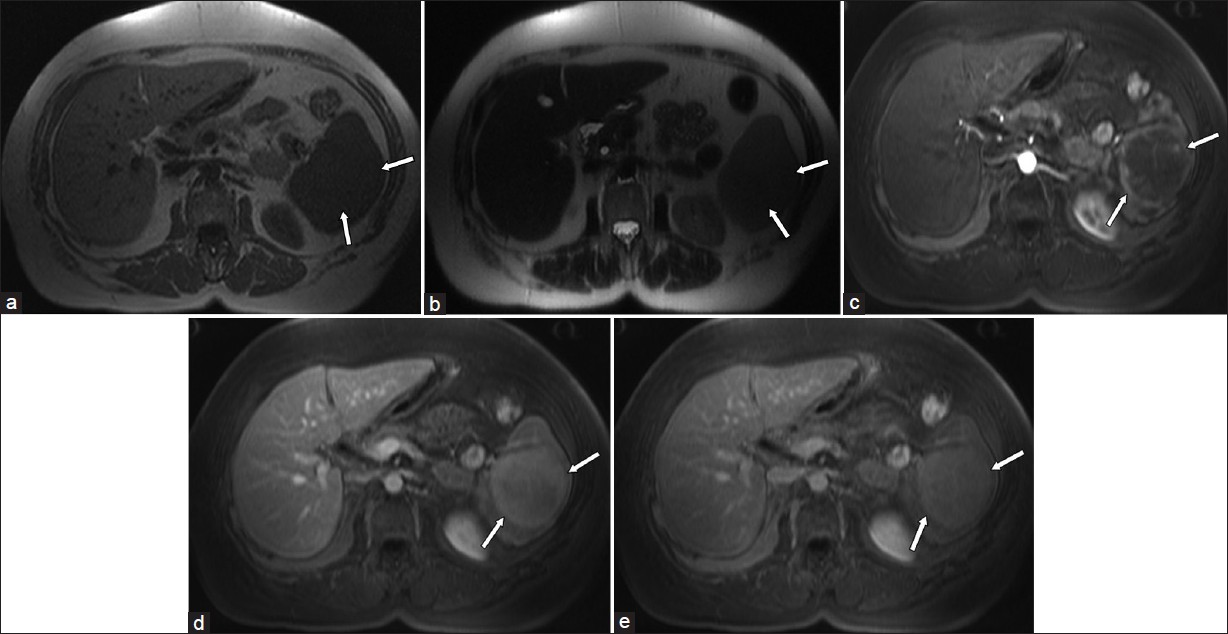Pulse pressure is the difference between systolic and diastolicblood pressure.[1]It is measured in millimeters of mercury (mmHg). It represents the force that the heart generates each time it contracts. Resting blood pressure is normally approximately 120/80 mmHg, which yields a pulse pressure of approximately 40 mmHg.[2][1]
Calculation[edit]
How to take your pulse. Although you may be able to feel your blood pumping in a number of places—your neck, the inside of your elbow, and even the top of your foot—your wrist is probably the most convenient and reliable place to get a good pulse. Press your index and middle fingers together on your wrist, below the fat pad of your thumb. The circuit gives a pulse width of about 1.1 seconds. The output pulse is indicated by the LED. The width of the pulse can be varied by changing the value of R3 and C2 by using the above formula. Any external circuit can be connected to the CON3 to trigger it. 1: Signal Diagram of Input and Output of Level to Pulse Converter. A normal resting heart rate for adults ranges from 60 to 100 beats per minute. Generally, a lower heart rate at rest implies more efficient heart function and better cardiovascular fitness. For example, a well-trained athlete might have a normal resting heart rate closer to 40 beats per minute. To measure your heart rate, simply check your pulse. Implanting an artificial pacemaker is the most effective treatment for a chronically low pulse rate. An artificial pacemaker will regulate your heart rate, and therefore your pulse rate, and keep it at a normal level. Implanting a pacemaker requires surgery.
Pulse pressure is the (higher) systolic blood pressure minus the (lower) diastolic blood pressure.[3]
The systemic pulse pressure is approximately proportional to stroke volume, or the amount of blood ejected from the left ventricle during systole (pump action) and inversely proportional to the compliance (similar to Elasticity) of the aorta.[4] Safe torrent software.
The aorta has the highest compliance in the arterial system due in part to a relatively greater proportion of elastin fibers versus smooth muscle and collagen. This serves the important function of damping the pulsatile (max pump pressure) output of the left ventricle, thereby reducing the initial systolic pulse pressure but slightly raising the subsequent diastolic phase (a period rather similar to Dwell time). If the aorta becomes rigid because of disorders such as arteriosclerosis or atherosclerosis, the pulse pressure would be very high because the aorta becomes less compliant due to the formation of rigid lesions to the (otherwise flexible) aorta wall. Adobe pdf viewer download.
- Systemic pulse pressure (usually measured at upper right arm artery) = Psystolic - Pdiastolic
- e.g. normal 120mmHg - 80mmHg = 40mmHg or 33%
- high 160mmHg - 80mmHg = 80mmHg or 50%
- Pulmonary (Heart-Lung) pulse pressure (PAP) is normally a lot lower than systemic blood pressure. It is measured by right heart catheterization or may be estimated by transthoracic echocardiography (TTE) Normal pulmonary artery pressure is between 8mmHg -20 mm Hg at rest.[5]
- e.g. normal 15mmHg - 8mmHg = 7mmHg 46.7%
- high 25mmHg - 10mmHg = 15mmHg 60%
Values and variation[edit]
Low (Narrow) Pulse Pressure[edit]
A pulse pressure is considered abnormally low if it is less than 25% of the systolic value. The most common cause of a low (narrow) pulse pressure is a drop in left ventricular stroke volume.In trauma, a low or narrow pulse pressure suggests significant blood loss (insufficient preload leading to reduced cardiac output).[6]
Mac os productivity apps. If the pulse pressure is extremely low, i.e. 25 mmHg or less, the cause may be low stroke volume, as in Congestive Heart Failure and/or cardiogenic shock.

A narrow pulse pressure is also caused by aortic valve stenosis and cardiac tamponade.[citation needed]
High (Wide) Pulse Pressure[edit]
High values during or shortly after exercise[edit]

Usually, the resting pulse pressure in healthy adults, sitting position, is about 30–40 mmHg. The pulse pressure increases with exercise due to increased stroke volume,[7] healthy values being up to pulse pressures of about 100 mmHg, simultaneously as systemic vascular resistance drops during exercise. In healthy individuals the pulse pressure will typically return to normal within about 11 minutes.[citation needed]
For most individuals, during aerobic exercise, the systolic pressure progressively increases while the diastolic remains about the same. In some very aerobically athletic individuals, for example distance runners, the diastolic will progressively fall as the systolic increases. This behavior facilitates a much greater increase in stroke volume and cardiac output at a lower mean arterial pressure and enables much greater aerobic capacity and physical performance. The diastolic drop reflects a much greater fall in systemic vascular resistance of the muscle arterioles in response to the exercise (a greater proportion of red versus white muscle tissue). Individuals with larger BMIs due to increased muscle mass (bodybuilders) have also been shown to have lower diastolic pressures and larger pulse pressures.[8]

Consistently high values[edit]
If the usual resting pulse pressure is consistently greater than 100 mmHg, the most likely basis is stiffness of the major arteries, aortic regurgitation (a leak in the aortic valve), arteriovenous malformation (an extra path for blood to travel from a high pressure artery to a low pressure vein without the gradient of a capillary bed), hyperthyroidism or some combination. (A chronically increased stroke volume is also a technical possibility, but very rare in practice.) While some drugs for hypertension have the side effect of increasing resting pulse pressure irreversibly, other antihypertensive drugs, such as ACE Inhibitors, have been shown to lower pulse pressure. A high resting pulse pressure is harmful and tends to accelerate the normal aging of body organs, particularly the heart, the brain and kidneys. A high pulse pressure combined with bradycardia and an irregular breathing pattern is associated with increased intracranial pressure and should be reported to a physician immediately. This is known as Cushing's triad and can be seen in patients after head trauma related to intracranial hemorrhage or edema.
Pulse Level Kitna Hona Chahiye
Examples: (these are examples of WIDENING pulse pressure causes)
- Aortic root aneurysm[9]
- Aortic root dilation[9]
Relationship to heart disease[edit]
Recent work suggests that a high pulse pressure is an important risk factor for heart disease. A meta-analysis in 2000, which combined the results of several studies of 8,000 elderly patients in all, found that a 10 mm Hg increase in pulse pressure increased the risk of major cardiovascular complications and mortality by nearly 20%.[10] Heightened pulse pressure is also a risk factor for the development of atrial fibrillation.[11] The authors of the meta-analysis suggest that this helps to explain the apparent increase in risk sometimes associated with low diastolic pressure, and warn that some medications for high blood pressure may actually increase the pulse pressure and the risk of heart disease.
Self measurement[edit]
Pulse pressure readings can be taken on a home blood pressure monitoring device. These devices display systolic and diastolic blood pressure (from which pulse pressure can be calculated) and pulse rate readings. Monitoring at home can be helpful to a medical provider in interpreting in-office results and progression of disease processes.[citation needed]
Treatment[edit]
If the patient suffers from elevated pulse pressure, treatment may include medications that address this factor, such as an angiotensin-converting enzyme inhibitor (ACE inhibitor).[12]
Effect of folic acid[edit]
Pulse Level 66
A 2005 study found that 5 mg of folate (Vitamin B9) daily over a three-week period reduced pulse pressure by 4.7 mm of Hg compared with a placebo, and concluded that folic acid is an effective supplement that targets large artery stiffness and may prevent isolated systolic hypertension.[13] A longer-term (2 year) study in 158 clinically healthy siblings of patients with premature atherothrombotic disease also found an effect of folic acid (5 mg) plus pyridoxine (Vitamin B6, 250 mg) on pulse pressure, but the effect was not independent of mean arterial blood pressure, and there was no effect on common carotid artery stiffness.[14]
Pulse Level Range
See also[edit]
Pulse Levels Normal
References[edit]
- ^ abHoman, Travis D.; Cichowski, Erica (2019-04-25). 'Physiology, Pulse Pressure'. NCBI Bookshelf. PMID29494015. Retrieved 2019-07-21.
- ^A review of educational strategies to improve nurses' roles in recognizing and responding to deteriorating patients. Liaw SY, Scherpbier A, Klainin-Yobas P, Rethans JJ.
- ^Pulse Pressure
- ^Arterial pulse pressure
- ^Parasuraman S, Walker S, Loudon BL, Gollop ND, Wilson AM, Lowery C, Frenneaux MP (2016). 'Assessment of pulmonary artery pressure by echocardiography—A comprehensive review'. IJC Heart & Vasculature. 12: 45–51. doi:10.1016/j.ijcha.2016.05.011. PMC5454185. PMID28616542.CS1 maint: multiple names: authors list (link)
- ^American College of Surgeons (2008). Atls, Advanced Trauma Life Support Program for Doctors. Amer College of Surgeons. p. 58. ISBN978-1-880696-31-6.
- ^DETERMINATION OF CARDIAC OUTPUT IN MEDICAL STUDENTS BY PULSE PRESSURE METHOD, Farida Munawar, Fareeha, Maryam, Sana, Anushe, Nida - Department of Physiology, Fatima Jinnah Medical College, Lahore, Pak J Physiol 2007;3(2)
- ^Muscular Strength Training Is Associated With Low Arterial Compliance and High Pulse Pressure -- Bertovic et al. 33 (6): 1385 -- Hypertension
- ^ abNataf P, Lansac E (2006). 'Dilation of the thoracic aorta: medical and surgical management'. Heart. 92 (9): 1345–52. doi:10.1136/hrt.2005.074781. PMC1861150. PMID16908722.
- ^Blacher J, Staessen JA, Girerd X, Gasowski J, Thijs L, Liu L, Wang JG, Fagard RH, Safar ME (Apr 2000). 'Pulse pressure not mean pressure determines cardiovascular risk in older hypertensive patients'. Arch Intern Med. 160 (8): 1085–9. doi:10.1001/archinte.160.8.1085. PMID10789600.
- ^Pulse Pressure Important Risk Factor for the Development of New-Onset AF CME
- ^Pulse Pressure Builds Steam as Mortality Predictor - Brief Article - Statistical Data Included http://findarticles.com/p/articles/mi_m0BJI/is_1_30/ai_59457655
- hypertensive patients with high pulse pressures should include a drug that is effective at reducing pulse pressure, and angiotensin-converting enzyme inhibitors are the best for this purpose.
- ^Williams Carolyn; Kingwell Bronwyn A; Burke Kevin; McPherson Jane; Dart Anthony M (2005). 'Folic acid supplementation for 3 wk reduces pulse pressure and large artery stiffness independent of MTHFR genotype'. American Journal of Clinical Nutrition. 82 (1): 26–31. doi:10.1093/ajcn/82.1.26. PMID16002796.
- ^van Dijk RA, Rauwerda JA, Steyn M, Twisk JW, Stehouwer CD (1 December 2001). 'Long-Term Homocysteine-Lowering Treatment With Folic Acid Plus Pyridoxine Is Associated With Decreased Blood Pressure but Not With Improved Brachial Artery Endothelium-Dependent Vasodilation or Carotid Artery Stiffness: a 2-Year, Randomized, Placebo-Controlled Trial'. Arteriosclerosis, Thrombosis, and Vascular Biology. 21 (12): 2072–2079. doi:10.1161/hq1201.100223. PMID11742887.

Pulse Levels Men
